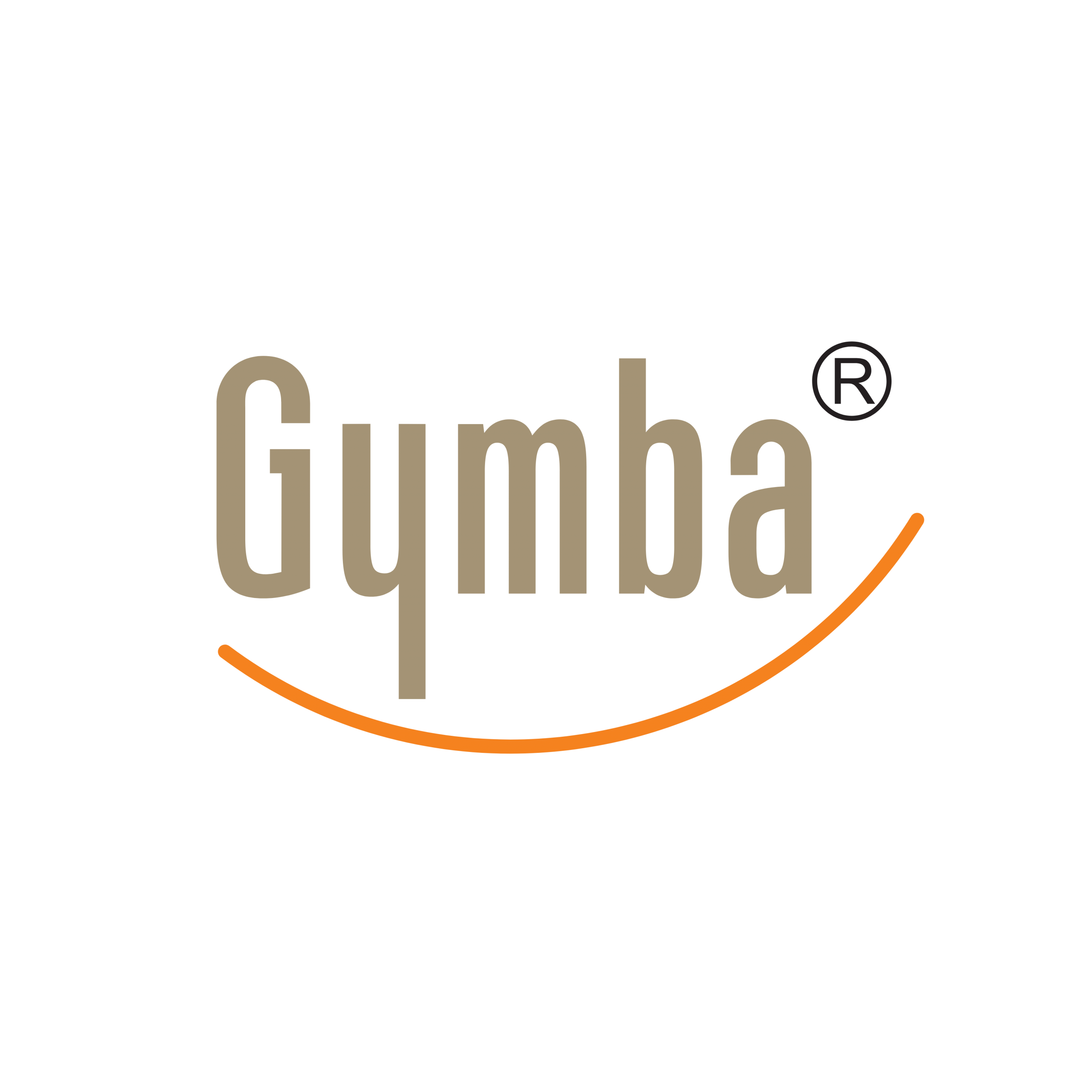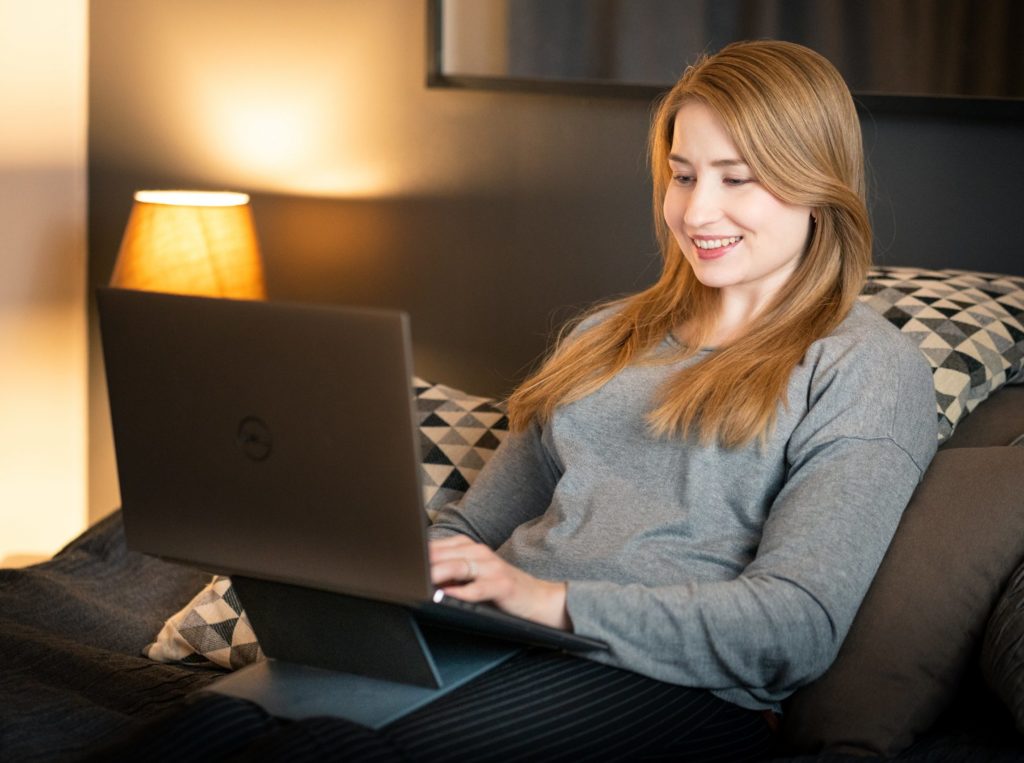In a world where sitting has been labelled as “the new smoking,” the importance of movement during work hours has never been more relevant. Yet for many of us, the idea of exercising at work seems impractical or disruptive. This is where micro-movements come in. These small, intentional physical actions can be seamlessly integrated into your workday, offering significant health and productivity benefits without requiring special equipment or time away from your tasks. Whether you’re working at a standing workstation that promotes natural movement or seated at a traditional desk, incorporating these subtle movements can transform your work ergonomics and overall well-being.
What are micro-movements and why they matter
Micro-movements are small, subtle physical actions that you can perform throughout your workday without interrupting your productivity. Unlike traditional exercise, which typically requires dedicated time and space, micro-movements can be incorporated into your existing workflow with minimal disruption. They might include shifting your weight from one foot to another while standing, rotating your ankles under your desk, or gently twisting your torso while seated.
These small movements matter because our bodies aren’t designed for prolonged static positions. When we remain in one position for extended periods, whether sitting or standing, our circulation slows, muscles tighten, and joints stiffen. The human body thrives on movement, even when it’s subtle. Regular micro-movements help maintain the natural processes that keep our bodies functioning optimally during work hours.
The science behind this is compelling: continuous small movements throughout the day can be more beneficial than remaining stationary for hours followed by an intense workout. This approach to workplace ergonomics aligns with how our bodies naturally function and helps counteract the negative effects of our modern, often sedentary work environments.
Physical benefits of regular micro-movements
Incorporating micro-movements into your workday offers numerous physical advantages that contribute to better overall health and reduced discomfort:
- Improved circulation: Small movements help blood flow more efficiently throughout your body, delivering oxygen and nutrients to your muscles and organs while removing waste products.
- Reduced muscle stiffness: Regular movement prevents muscles from becoming tight and painful during long workdays.
- Decreased joint pain: Changing positions frequently helps lubricate your joints and prevents the stiffness that comes from holding one position too long.
- Better posture: Small, intentional movements make you more aware of your body positioning, naturally encouraging better alignment.
- Prevention of repetitive strain injuries: Varying your movements, even slightly, reduces the risk of overuse injuries common in office environments.
Even minimal movement can have a significant impact. When you engage in micro-movements, you’re activating your muscles, stimulating blood flow, and maintaining joint mobility, all of which help counteract the negative effects of a sedentary working position.
How do micro-movements boost mental performance?
The benefits of micro-movements extend beyond physical health, significantly impacting your cognitive function and emotional wellbeing:
- Enhanced focus: Movement increases blood flow to the brain, improving your ability to concentrate on tasks.
- Increased energy levels: Physical activity, even in small doses, stimulates the body’s energy production systems, helping you feel more alert throughout the day.
- Better mood regulation: Movement triggers the release of endorphins and other mood-enhancing neurochemicals that help reduce stress and anxiety.
- Reduced mental fatigue: Breaking up periods of mental exertion with physical micro-movements gives your brain brief but essential recovery periods.
The connection between physical movement and brain function is well-established. When you move, you increase oxygen flow to the brain, stimulate neural activity, and promote the release of brain-derived neurotrophic factor (BDNF), which supports cognitive function and neuroplasticity. This explains why many people report having their best ideas while walking or moving rather than sitting still at their desks.
Simple micro-movements to incorporate today
Here are practical micro-movements you can easily implement at your desk or standing workstation with active balance board without disrupting your workflow:
| Body Area | Micro-Movement | How to Do It |
|---|---|---|
| Ankles & Feet | Ankle rotations | Lift your foot slightly and rotate your ankle clockwise, then counter-clockwise. Repeat with the other foot. |
| Legs | Seated leg extensions | While seated, straighten one leg until parallel to the floor, hold briefly, then lower. Alternate legs. |
| Hips | Weight shifts | While standing, gently shift your weight from one foot to the other, creating subtle movement in your hips. |
| Core | Seated twists | Sit tall and gently rotate your torso to one side, then the other, keeping your hips facing forward. |
| Shoulders | Shoulder rolls | Roll your shoulders forward, up, back, and down in a smooth circular motion. |
| Neck | Gentle head tilts | Slowly tilt your ear toward your shoulder, then return to centre and repeat on the other side. |
To remember to move regularly, try these strategies:
- Set a timer to remind yourself to move every 30 minutes
- Link movements to regular activities (e.g., do ankle rotations during phone calls)
- Keep a water bottle at your desk to encourage regular trips to refill it
- Use a standing desk that encourages natural weight shifting
Overcoming barriers to workplace movement
Despite the clear benefits, many people struggle to incorporate movement into their workday. Here are common challenges and practical solutions:
- Time constraints: Remember that micro-movements take seconds, not minutes. Even the busiest schedule can accommodate them.
- Workspace limitations: Most micro-movements require minimal space and can be performed whether you’re in a cubicle, open-plan office, or home workspace.
- Self-consciousness: Many micro-movements are subtle enough that colleagues won’t notice. For more visible movements, normalise them by explaining their importance for health and productivity.
- Forgetting: Use environmental cues (like sticky notes) or digital reminders to prompt movement until it becomes habitual.
The mindset shift that helps most people is recognising that movement and productivity aren’t opposed, they’re complementary. Taking brief moments to move actually enhances your focus and energy, making you more effective during working hours.
Creating a more movement-friendly environment isn’t just good for your health, it’s good for your work performance too. By incorporating micro-movements into your daily routine, you can improve your physical health, enhance your mental performance, and create a more sustainable approach to work ergonomics.
At Gymba, we’re passionate about helping you stay active throughout your workday with innovative ergonomic solutions designed to promote natural movement. Our products make it easier to incorporate beneficial micro-movements into your daily routine, supporting proper positioning with ergonomic laptop stands and other tools for better health and productivity at work.

